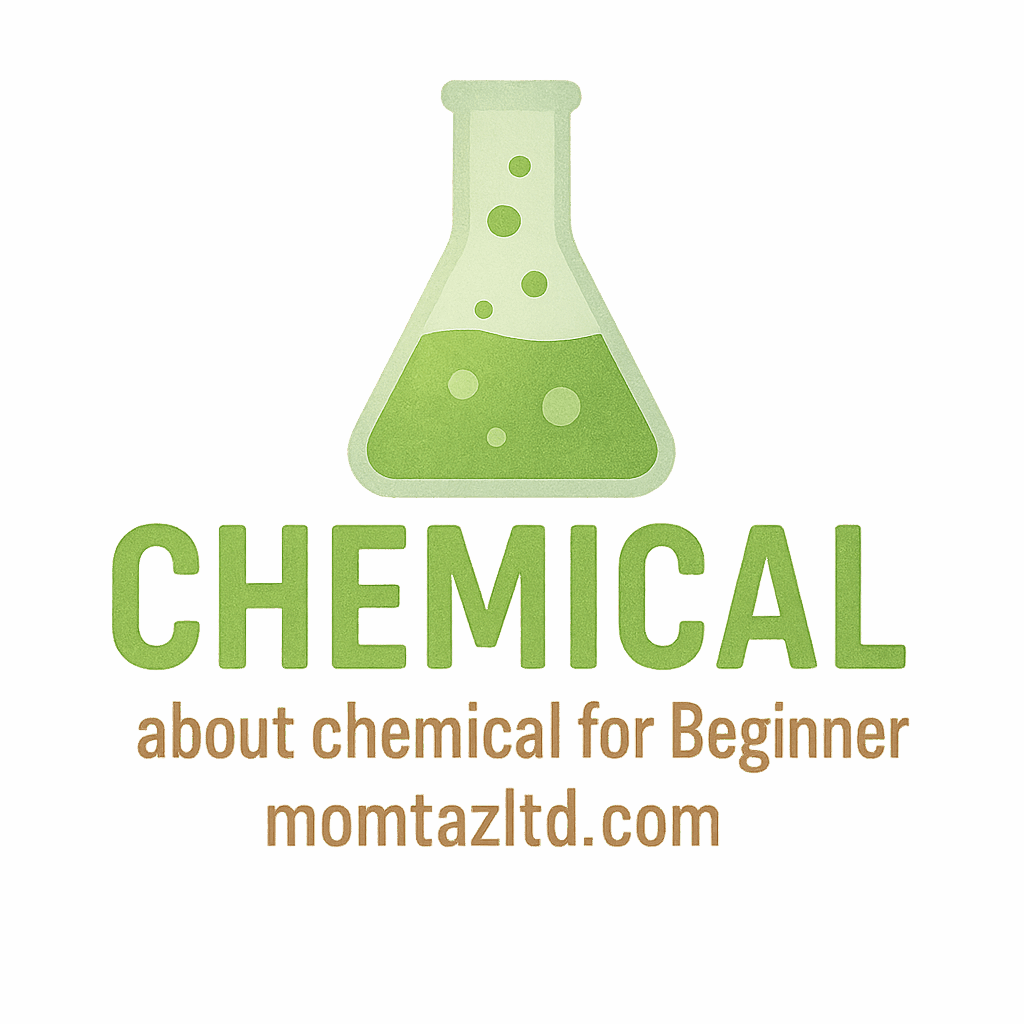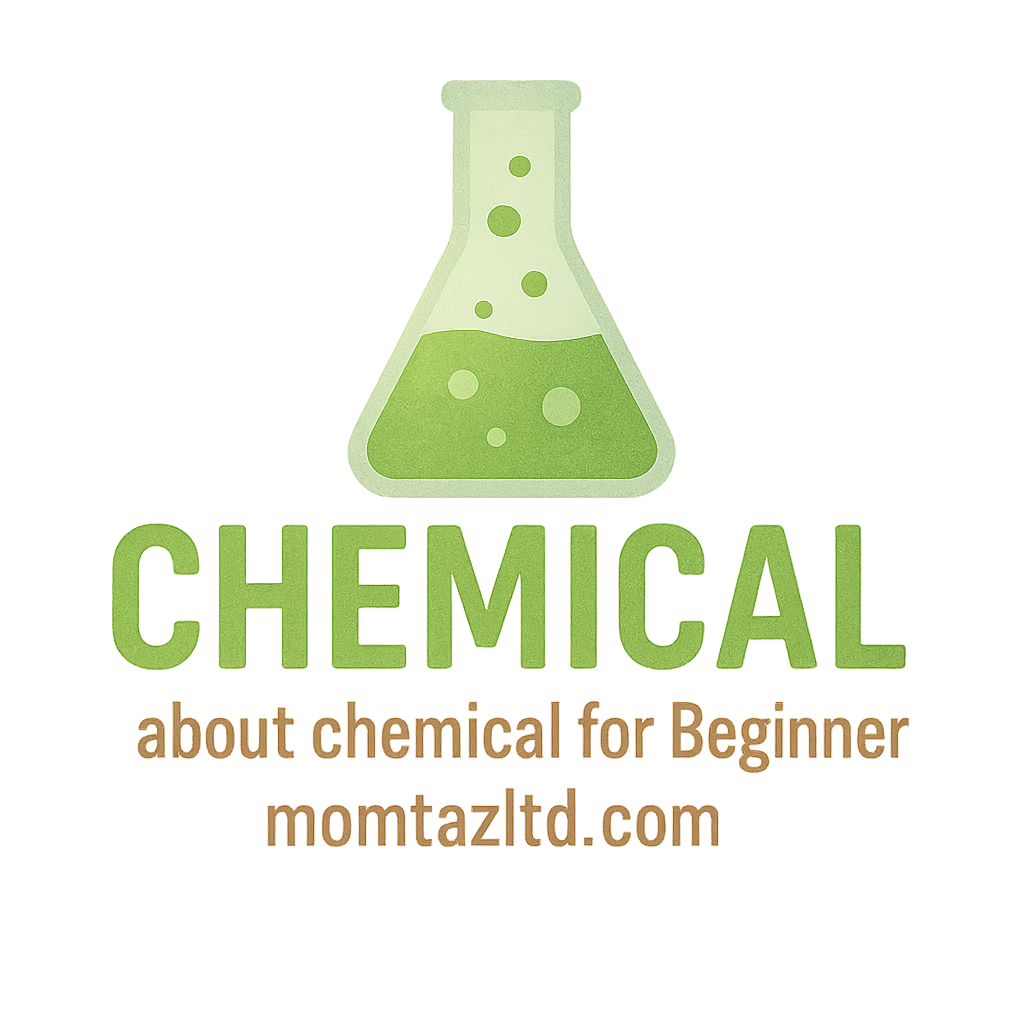Introduction
In the world of industrial chemistry, organic and inorganic chemicals are two essential categories, each with distinct properties, uses, and applications. Understanding their differences is crucial for industries like manufacturing, pharmaceuticals, agriculture, and construction. From the chemical bonding to the environmental impact, each type serves a different role in various processes. This article delves into the 7 key differences between these two chemical types, helping you make informed decisions for better industrial applications.
For more information on chemical safety, visit our Chemical Safety page.
What Are Organic and Inorganic Chemicals?
Understanding the basic definitions of these chemicals can help you differentiate between them easily.
Organic Chemicals
Organic chemicals are primarily based on carbon and contain other elements like hydrogen, oxygen, and nitrogen. These chemicals form the backbone of life and are used in pharmaceuticals, plastics, and agricultural chemicals. For more about chemical reactions and how these compounds are synthesized, check out our Chemical Reaction page.
Inorganic Chemicals
Inorganic chemicals, on the other hand, do not contain carbon-hydrogen bonds. Instead, they often include metals, minerals, and salts. These chemicals are commonly used in industries like construction, electronics, and agriculture. For a detailed look at various types of inorganic chemicals, visit Industrial Chemicals.
Difference #1: Composition
The composition of these chemicals is one of the most noticeable differences between them.
Carbon Content
Organic chemicals always contain carbon, which forms the backbone of their molecular structure. This is why these chemicals are often referred to as carbon-based. For more about the importance of carbon in organic compounds, explore our article on Chemical Terms.
Presence of Other Elements
While organic chemicals mostly contain carbon and hydrogen, inorganic chemicals may feature elements like oxygen, metals, and minerals. These differences give rise to distinct properties and uses.
For example, sodium chloride (NaCl) is an inorganic chemical widely used in industries, while acetone (C3H6O), an organic solvent, has its place in the pharmaceutical industry.
Difference #2: Chemical Bonding
The way atoms bond within these chemicals leads to their distinct characteristics.
Covalent Bonds in Organic Chemicals
Organic chemicals typically rely on covalent bonds, where carbon atoms share electrons with other elements to form stable molecules. This sharing of electrons results in compounds that are often large and complex.
To understand the importance of covalent bonds, check out our Laboratory Chemicals page for practical examples.
Ionic and Metallic Bonds in Inorganic Chemicals
Inorganic chemicals, however, are more likely to form ionic or metallic bonds. In ionic bonding, atoms transfer electrons to create charged particles that attract each other. Metallic bonds, found in metals, allow free movement of electrons, making them good conductors of electricity.
Learn more about these chemical bonds on our Beginner Chemistry page.
Difference #3: Stability
When it comes to industrial applications, the stability of chemicals plays a crucial role in their safety and effectiveness.
Stability of Organic Chemicals
Organic chemicals, especially large molecules, are often less stable and more prone to breaking down when exposed to heat or light. This instability makes them both useful and challenging to work with.
For safer handling and storage practices, explore our Chemical Storage guidelines.
Stability of Inorganic Chemicals
Inorganic chemicals tend to be more stable. For example, metals like iron and aluminum can withstand high temperatures and other harsh conditions, making them reliable for industrial applications.

Difference #4: Reactivity
Chemical reactivity is a critical consideration in industrial processes. The way organic and inorganic chemicals react with each other and the environment is quite different.
Reactivity in Organic Chemicals
Organic chemicals can be highly reactive under certain conditions. For instance, solvents like methanol or acetone are highly flammable. These chemicals often undergo reactions like combustion or polymerization, which are essential for industries such as plastics manufacturing.
For information on the safe handling of organic chemicals, visit our Chemical Accidents page.
Reactivity in Inorganic Chemicals
Inorganic chemicals may also be reactive, but their reactions are often less volatile compared to organic compounds. Some metals may rust, while acids and salts may dissolve or neutralize other substances. Despite their lower reactivity, these chemicals can still be hazardous if not handled properly.
For more on the safety of inorganic chemicals, check out our page on Chemical Scientists.
Difference #5: Uses in Industry
Both organic and inorganic chemicals are indispensable in various industries, but they serve different functions.
Uses of Organic Chemicals
Organic chemicals are heavily used in industries like pharmaceuticals, biotechnology, and plastics manufacturing. For example, polyethylene, a widely used plastic, is made from organic chemicals. Other industries like agriculture rely on organic chemicals for pesticides and herbicides.
Check out our Household Chemicals page to learn more about everyday uses.
Uses of Inorganic Chemicals
Inorganic chemicals are foundational to industries such as construction, electronics, and agriculture. For instance, calcium carbonate is used in construction, while silicon is critical in the production of semiconductors.
Difference #6: Environmental Impact
Understanding the environmental impact of both types of chemicals is essential for sustainable practices in industry.
Environmental Impact of Organic Chemicals
Organic chemicals, particularly solvents, can have a larger environmental impact due to their potential to contribute to air and water pollution. However, many organic chemicals can be derived from renewable resources, which help reduce their environmental footprint.
To learn more about how to mitigate environmental risks, visit our Chemical Careers page for insights on sustainable practices in the field.
Environmental Impact of Inorganic Chemicals
Inorganic chemicals such as heavy metals can accumulate in the environment, posing long-term ecological risks. For example, lead and mercury are highly toxic, making proper disposal crucial. However, inorganic chemicals such as salt and minerals tend to have a lower environmental impact.
For more on chemical safety, explore our Home Tips page.
Difference #7: Health and Safety Concerns
Handling chemicals safely is of paramount importance in any industrial environment.
Health Risks of Organic Chemicals
Organic chemicals, especially solvents like benzene and formaldehyde, can pose significant health risks, including respiratory problems, skin irritation, or even long-term diseases like cancer. Proper protective gear and safety protocols are essential when working with organic chemicals.
To read more about health and safety regulations in chemical handling, visit our Chemical Care page.
Health Risks of Inorganic Chemicals
Inorganic chemicals, particularly heavy metals like lead and cadmium, can be toxic if ingested or inhaled. Even certain acids and bases can cause severe burns. Proper storage and handling of inorganic chemicals can mitigate these risks.
For tips on safe chemical storage, check out our detailed guide on Laboratory Chemicals.
Conclusion
The differences between organic and inorganic chemicals are crucial for their application in various industrial sectors. From chemical bonding and stability to health risks and environmental impact, understanding these distinctions helps industries make more informed choices. Organic chemicals are indispensable for pharmaceuticals, agriculture, and biotechnology, while inorganic chemicals are essential in construction, electronics, and more.
By knowing how to handle each type safely and effectively, we can optimize their use while minimizing risks to human health and the environment.
Frequently Asked Questions
Q1: What is the main difference between organic and inorganic chemicals?
Organic chemicals are primarily carbon-based, while inorganic chemicals generally do not contain carbon-hydrogen bonds.
Q2: Are organic chemicals more reactive than inorganic chemicals?
Yes, organic chemicals tend to be more reactive due to their complex molecular structures.
Q3: What industries use organic chemicals?
Organic chemicals are used in pharmaceuticals, plastics manufacturing, and agriculture.
Q4: Are inorganic chemicals safer than organic chemicals?
Inorganic chemicals are generally more stable, but both types can pose health risks if not handled properly.
Q5: Can inorganic chemicals be toxic to humans?
Yes, inorganic chemicals like heavy metals can be toxic, especially with prolonged exposure.
Q6: How do organic chemicals impact the environment?
Organic chemicals can contribute to pollution if not disposed of correctly, although some are derived from renewable resources.
Q7: Which chemicals are better for industrial use—organic or inorganic?
Both types have essential roles. Organic chemicals are critical in sectors like pharmaceuticals, while inorganic chemicals are fundamental in construction and electronics.


